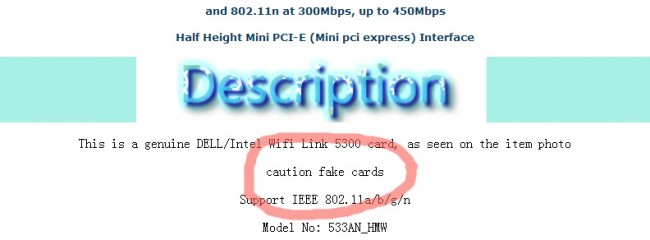
Physical fit: The old 4965 is a full size/height miniPCI express card. If you are planning on using your new card with Windows Vista or XP, double check the “Supported operating system” specs on the manufacturer’s site.Īlso, if for some reason you want to use an older card like the Intel 5100 or 5300 as a replacement, and upgrade Windows at the same time, take note that these older cards are not supported in Windows 8. The newest Intel 7xxx series for example, seems to require a minimum of Windows 7. If you’re determined to use a non-whitelisted card, and feeling (a lot!) more adventurous, there are some possible workarounds.ĭriver support for your OS: Many of the newest wireless cards available have dropped support for older operating systems such as Windows Vista. You can check compatibility on their websites. Hardware Whitelist: If you have a laptop made by HP or Lenovo, they will only allow certain cards to be recognised by the laptop’s BIOS. Here’s what you’ll need to check (you’ll need to open the WiFi card compartment on your laptop): In theory, you should be able to use any appropriate-fitting wireless card, but in practice, there are some caveats. How to choose a replacement cardĬhoosing which card to replace your 4965AGN with will depend on your hardware, and also whether drivers are available for your version of Windows etc.

The Intel WiFi Link 5 era cards that are now two-generations behind, so worth considering replacement too.

If you own a computer with this card and you’re having connection problems with your WiFi, upgrading to a newer model is probably worthwhile.Īdditionally, if your laptop is running too hot, replacing this card could help lower the temperature a bit (try to find where the card is located and see if it gets very warm during file downloads, streaming video from YouTube etc.)

Apart from a tendency to get quite hot when in use, this card is now a number of generations behind, so won’t be as efficient as newer products.


 0 kommentar(er)
0 kommentar(er)
